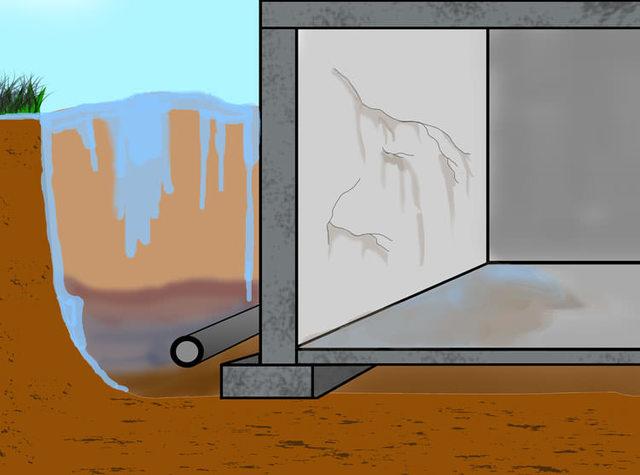Proudly Serving Greater St. Louis, Springfield & Nearby
1-866-627-6475Enter your Zip Code to see if we serve your area:
Basement Waterproofing - What Do Gutters Have To Do With Basement Waterproofing?
Gutters are critical when it comes to drainage. Gutters are positioned at the edge of your roofline precisely to capture runoff from rain or melting snow and drain the water to downspouts. Otherwise, your roof would be dumping water next to your foundation.
Clean Gutters Are Important
When leaves, tree branches, and other debris collect in gutters, they restrict the flow of water. Eventually, gutters and downspouts become clogged and overflow, and rainwater cascades over your roof like a waterfall. Seasonal cleaning of your gutters and downspouts ensures a clear pathway for water to drain. Also, various gutter screening and cover materials can help to keep gutters clean.
Extending Downspouts Helps
Too often, downspouts terminate next to the foundation—which defeats the purpose of a downspout. When your gutters discharge water next to your foundation, much of it can seep directly into the soil around your home. This leads to basement leaks and can even contribute to foundation issues. The best way to ensure proper gutter drainage is to extend downspouts by several feet. Downspout extensions make a big difference by directing water away from your home.

Clean Gutters Are NOT Enough
Gutters are a great solution for roofline drainage. Unfortunately, gutter systems remain ineffective in the battle against hydrostatic pressure.
Hydrostatic pressure is pressure from a body of water at rest. Your basement is essentially a hole in the ground lined with imperfect, porous concrete and surrounded by loose soil that was backfilled after construction. During a rainstorm, groundwater builds up in the loose soil around your foundation. The higher the water fills in the void space in the loose soil, the more hydrostatic pressure—pushing water into cracks, holes, and joints in your foundation.
That's why your basement leaks.

